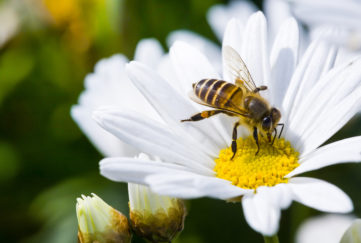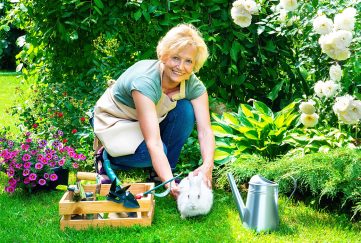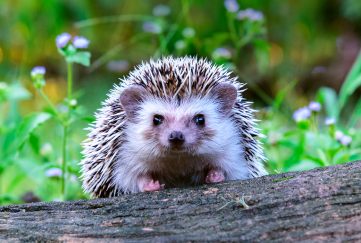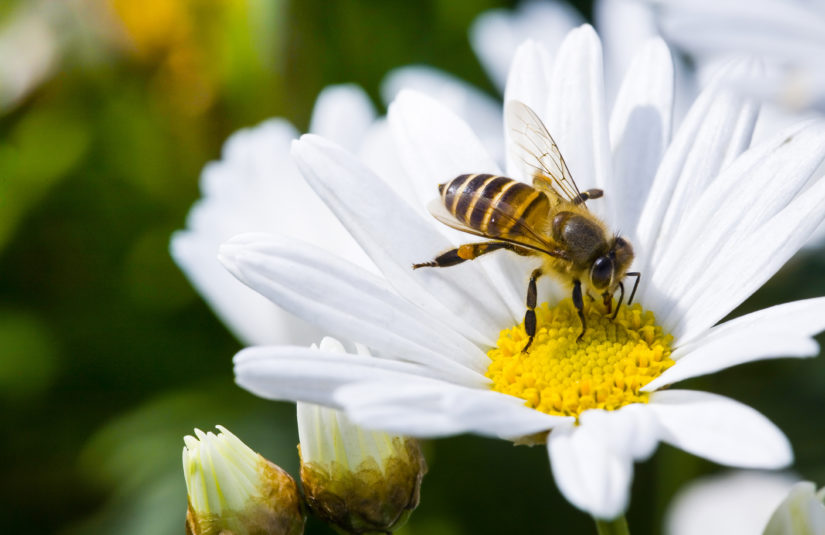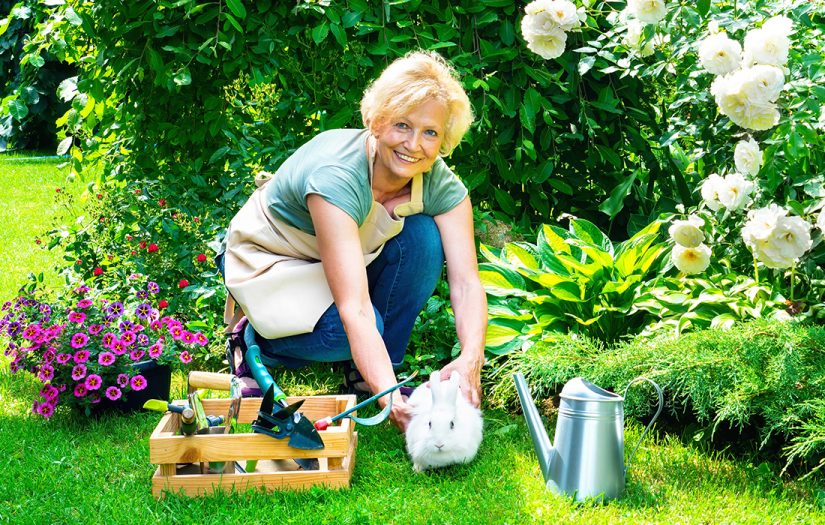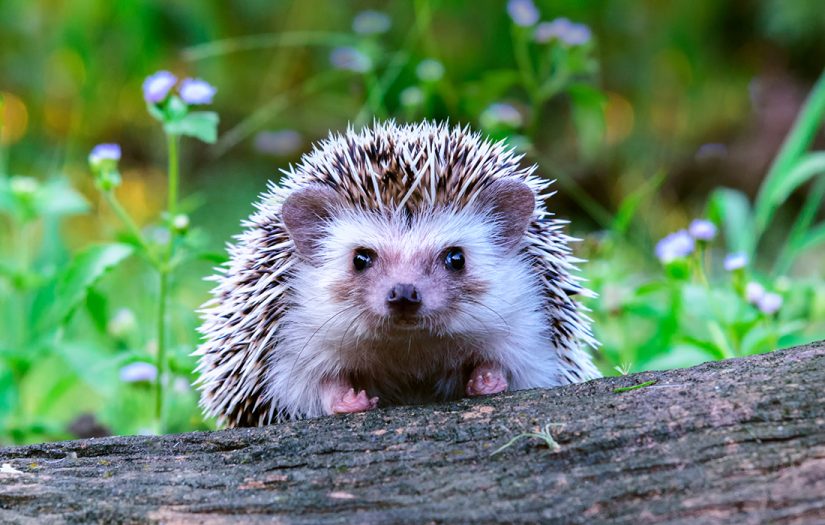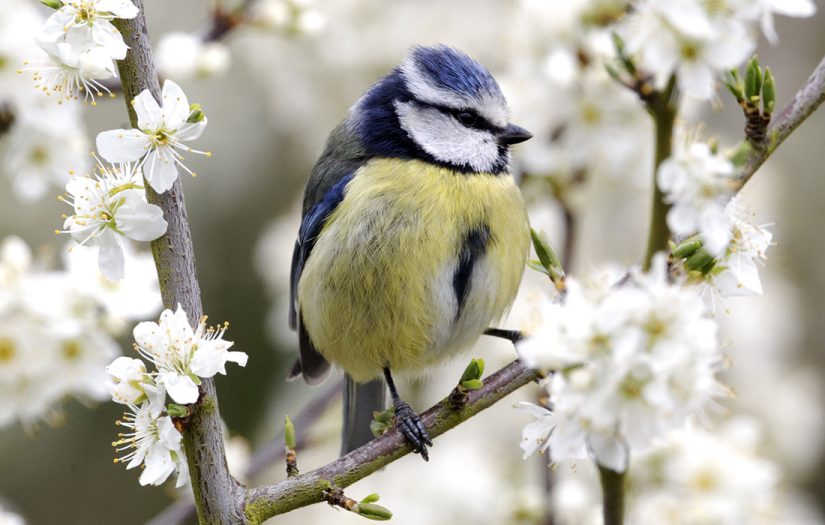Welcome Winter Wildlife In Your Garden
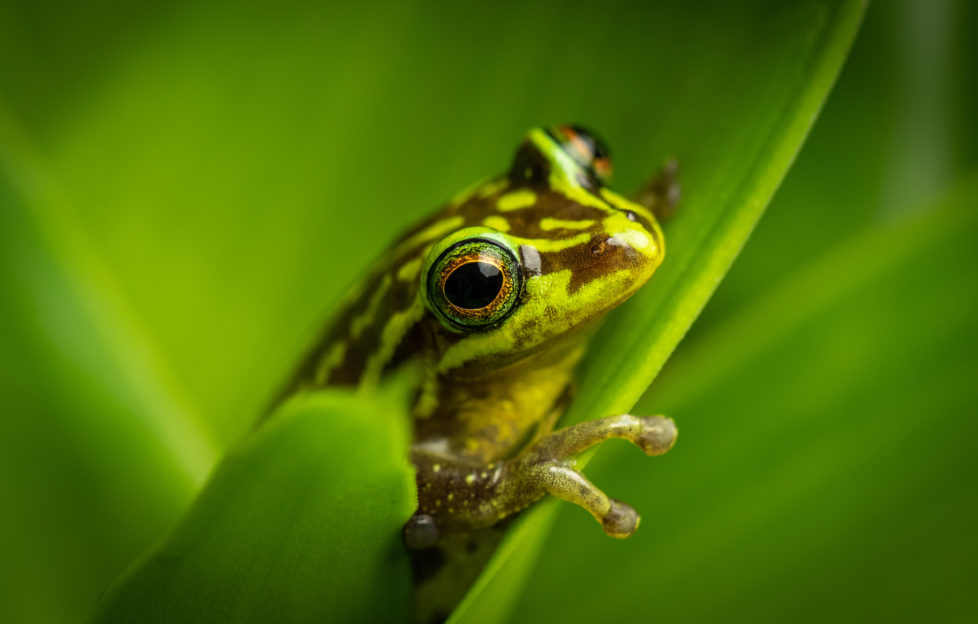
During the winter months, plenty of wildlife finds a place to nest for weather protection, or goes into full hibernation.
And our gardens can provide a safe haven to give them the stress-free winter we all need.
The Greenhouse People has created a guide to kick start your co-habitation with the cute creatures that need it most this winter.
Homes for hedgehogs
Hedgehogs are a gardener’s best friend; these often-overlooked creatures help keep garden pests in check without the need for harsh chemical pesticides.
To return the favour in the harsh weather, the best thing you can do for our spiky friends’ wellbeing is create your very own hedgehog B&B – a safe place for them to nest and potentially hibernate.
During their winter-to-spring slumber, hedgehogs build most of their fat, so put down some bait to attract them to the hub you’ve created. They’ll need all the sustenance they can get before they retire for the months ahead, so take note that they’re rather partial to tinned dog or cat food (not fish-based).
Your guest’s ideal mattress is a compost heap or a nest of leaves and logs. Make sure their home is in a quiet corner of the garden, so they’re is disturbed as little as possible.
Bird refuge spots
Although there are great natural feeding sources birds can feast on that look more attractive in the gardens, like berries or honeysuckle, these are few and far between in the most difficult season for our flying friends.
Birds rely on the food you put out much more in winter, so keep on top of your gardens supply. This can be more than once a day when its particularly cold in the air – they need to refuel to be able to keep moving and surviving in the tougher months.
Hygiene is important for the bird baths and feeders, so ensure you are cleaning them regularly while you fill them.
Amphibians hibernate too!
If your garden leaves shedding seems to be never-ending, you have a great excuse not to tidy them away so pedantically.
Amphibious wildlife, like toads and newts, tend to spend their winter under piles of leaves and in greenhouses to hibernate. Try not to disturb them in their slumber, so if you do feel the need to clean, clean carefully.
Frogs, on the other hand, can often hibernate at the bottom of ponds. To help with their energy restoral, make sure the pond foliage is getting enough of what it needs to photosynthesise to fuel the frogs. Lots of plants, lots of sunlight and exposure!
If your frogs prefer to rest in the open air, make a hibernaculum! Create a small trench to start you off, cover with grass, then add a layer of natural garden scraps. This provides the perfect holiday home for frogs.
Protecting beneficial bugs
Often overlooked in the winter months, creepy crawlies also need a place to rest and build up energy.
Helping them is easy enough, with their favoured sleeping spot being a simple pile of leaves! Much like amphibian resting places, this gives you a great excuse to let leaves fall naturally and avoid a regular raking schedule.
Some bugs hibernate or ‘overwinter’, so they look to your plants to find a place to go. Ladybirds congregate in the masses to slumber on dead plant stems (often in covered areas of your greenspaces), so leaving your pruning until the summer could create a great home for many bugs.
If you’d rather not have larger wildlife in your garden, but still want to help, make a bee and bug pitstop.
Patchwork’ leaf-cutter’ bees and many other bugs take to gaps in wood, like logs and sticks, to lock themselves away for the winter. To give them somewhere to sleep in your garden, you can drill holes in your spare wood.
For more gardening advice from “The People’s Friend”, click here.
For more on looking after local wildlife, click here.


